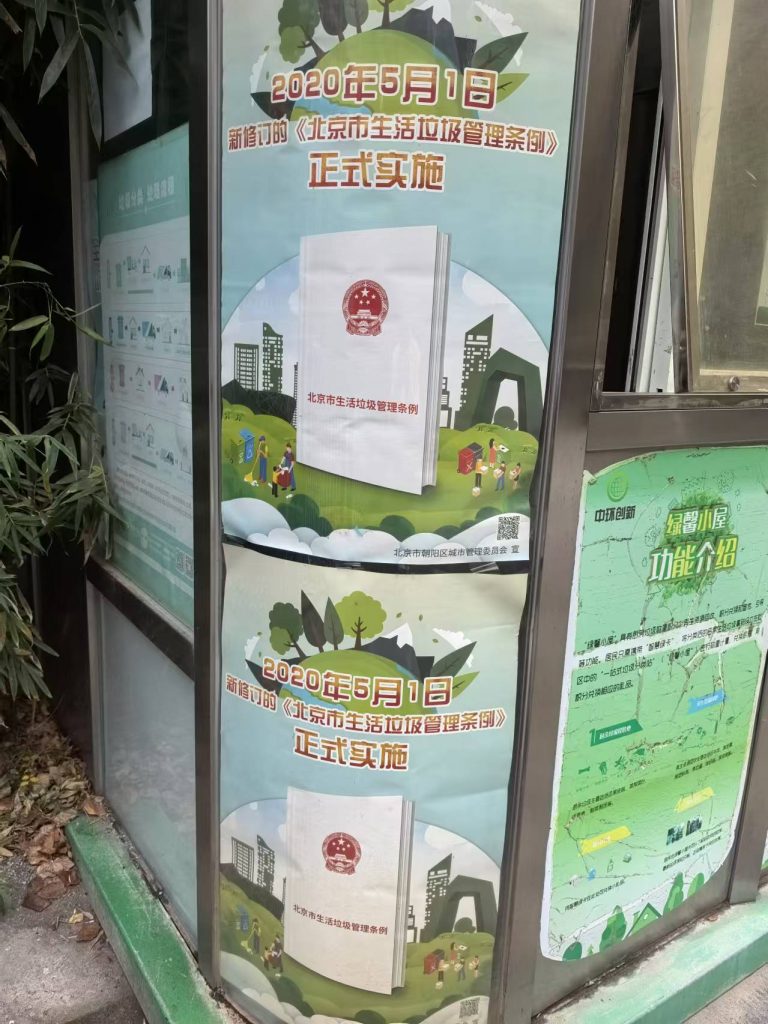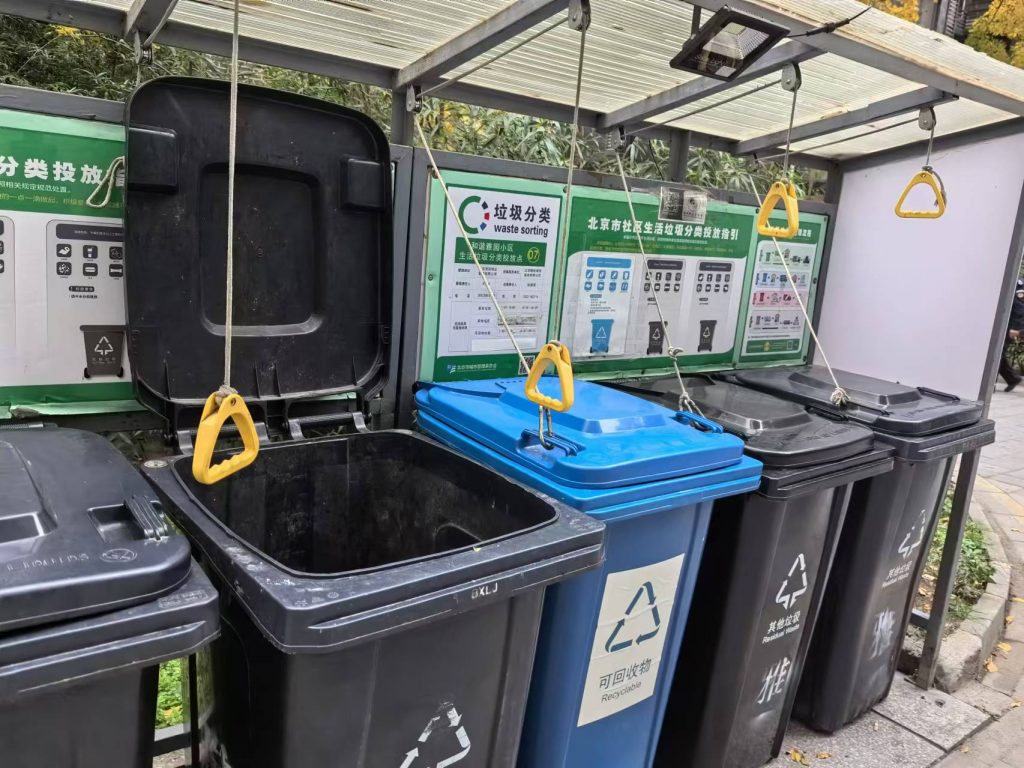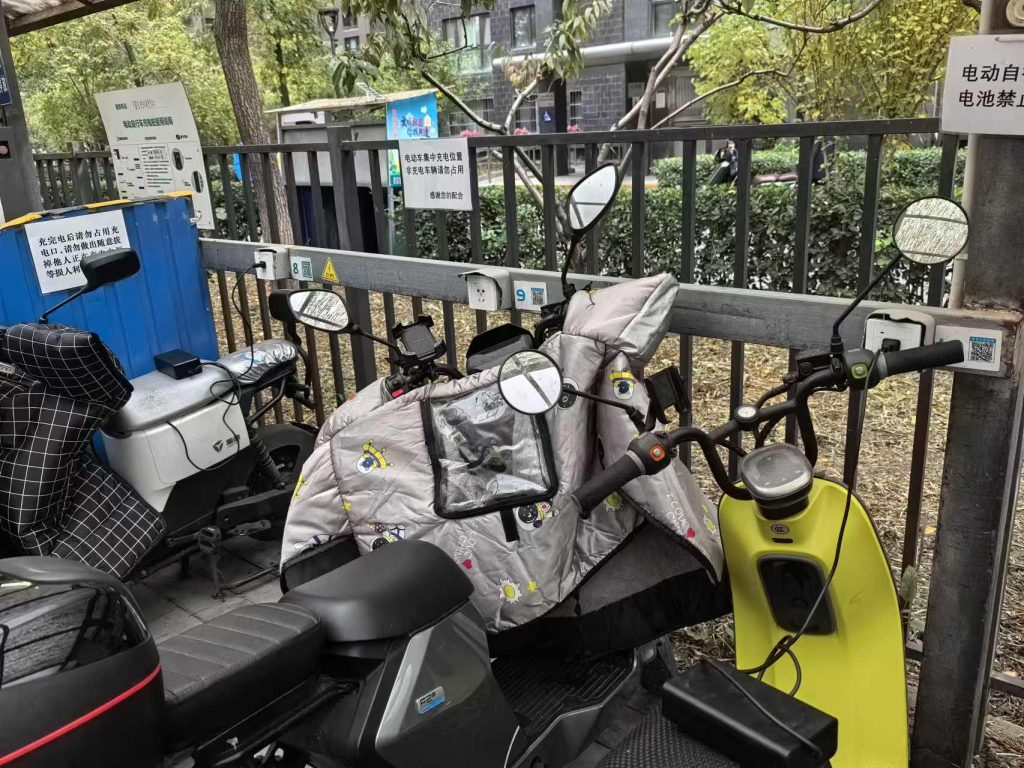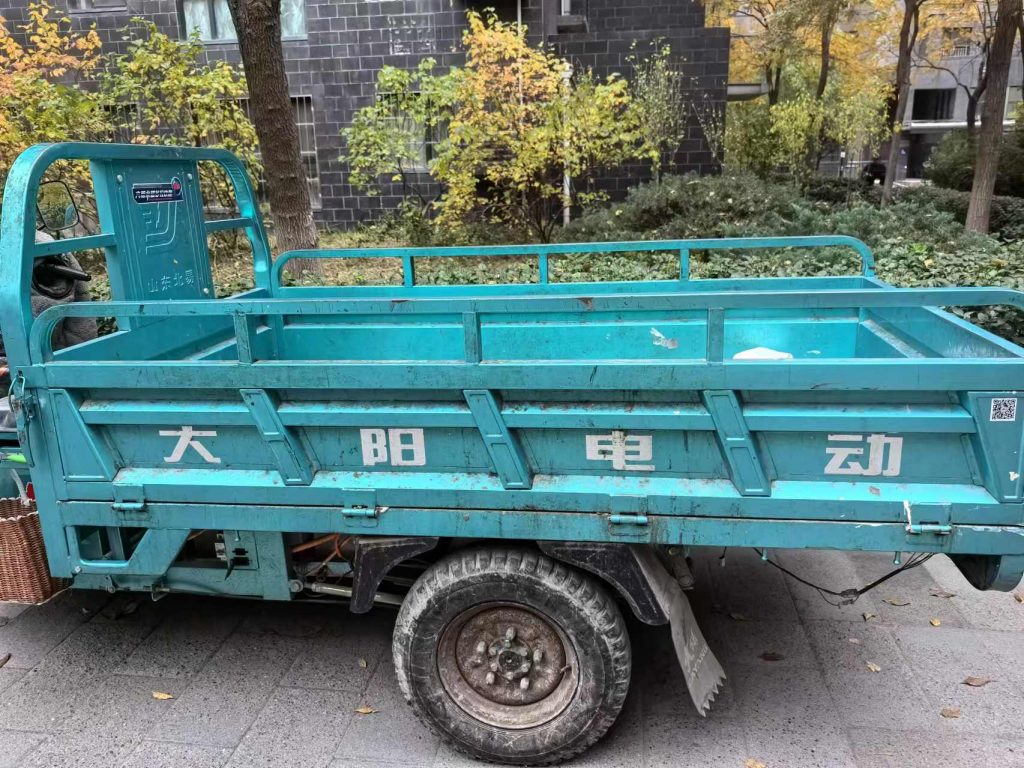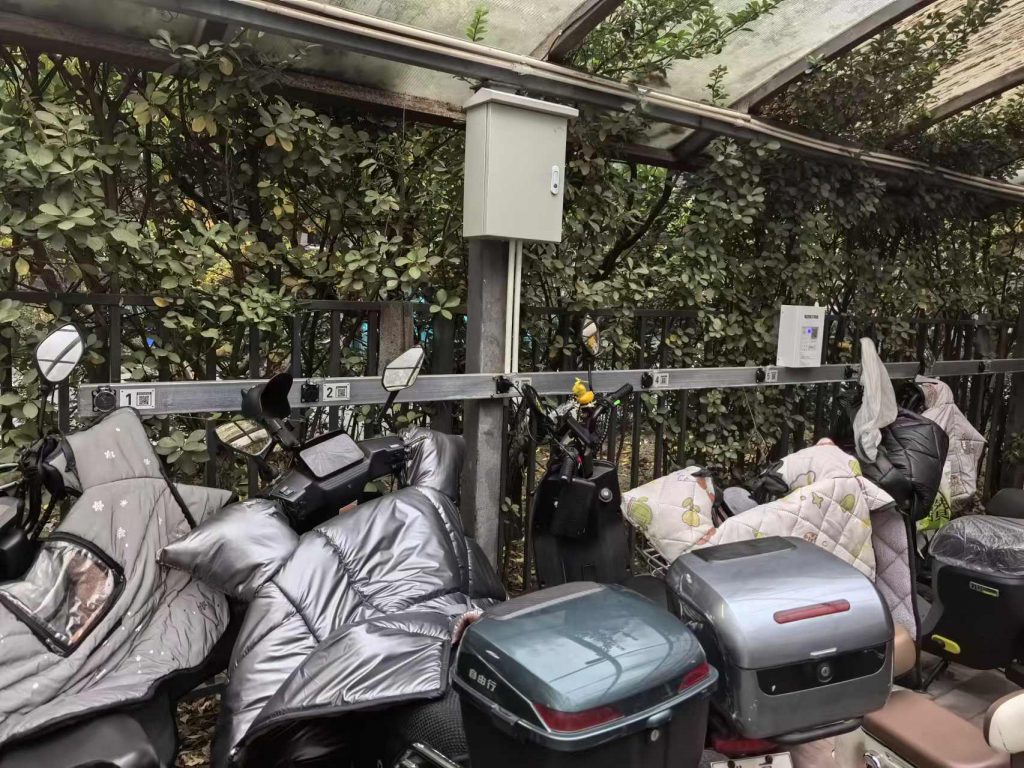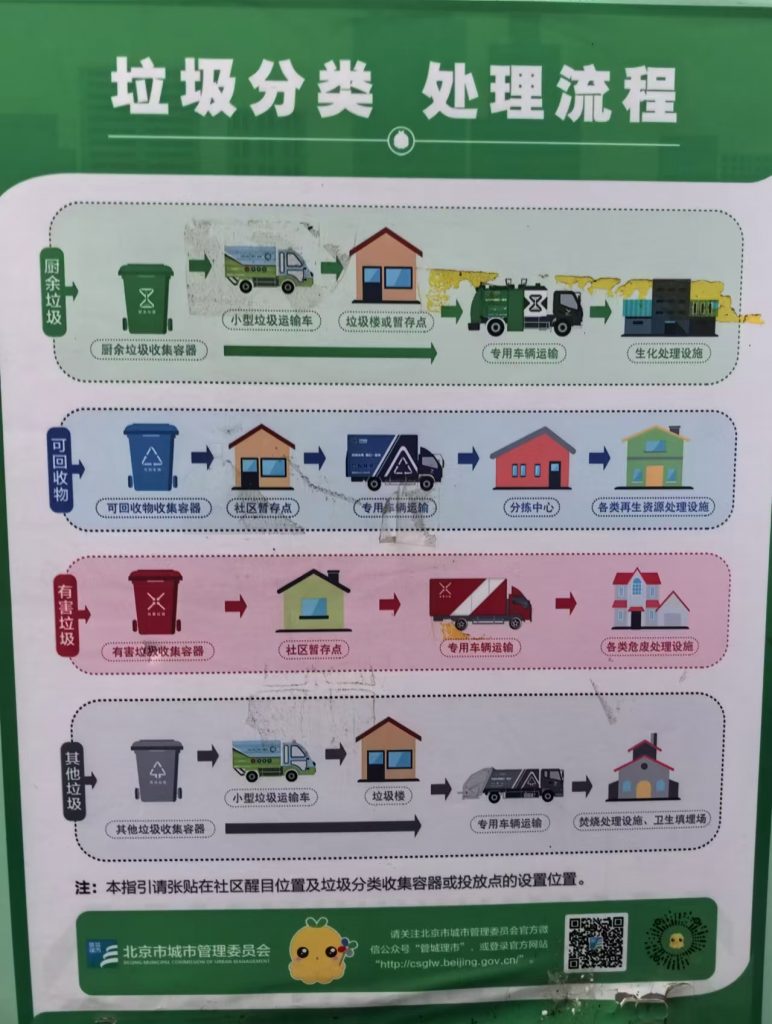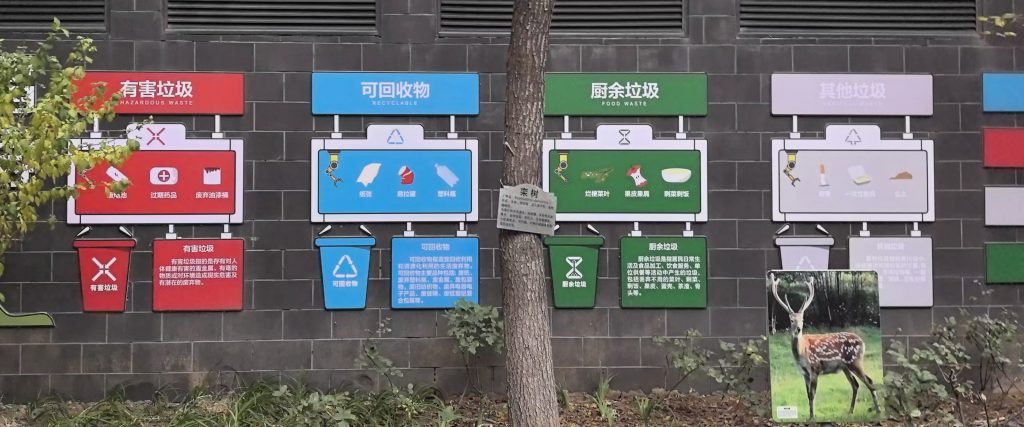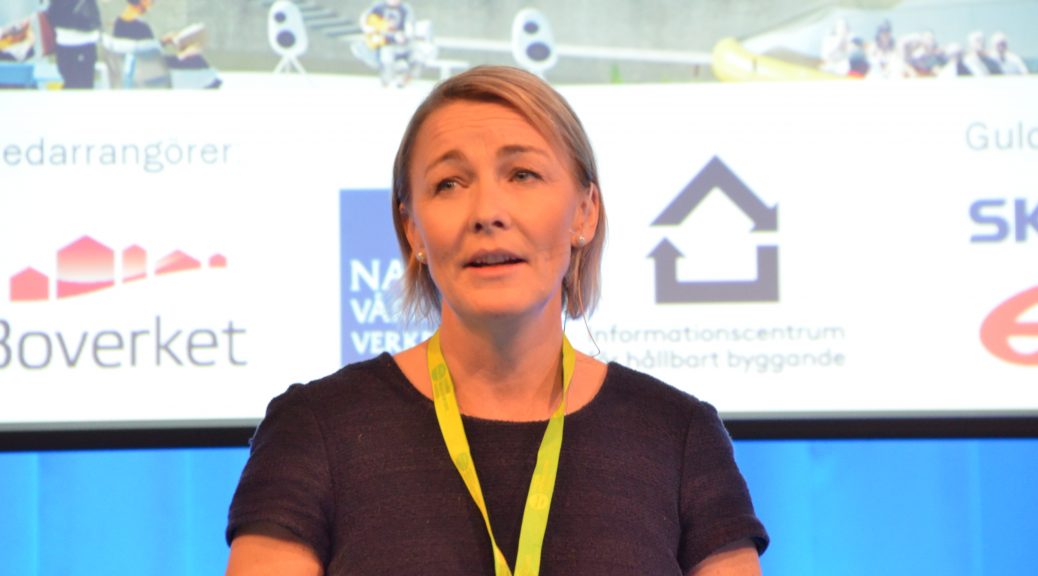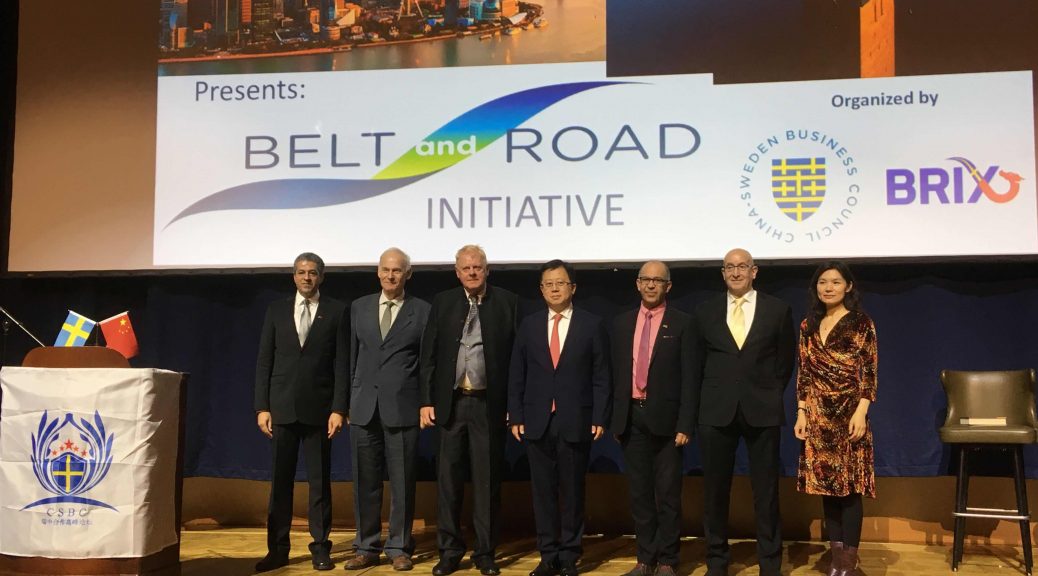北欧绿色邮报网受权发布:
Invitation to the 3rd China (Shenzhen) Innovation & Entrepreneurship International Competition· Stockholm(Sweden)Division
【深创赛国际赛瑞典分站赛】在资本寒冬,这里有一个和深圳的冬天一样温暖的比赛
中国深圳创新创业大赛第三届国际赛于2018年12月1日正式启动。大赛集聚海外优质项目,整合创新创业资源,协助海外创新创业项目对接中国高新产业资源,开拓中国市场,实现互利共赢。
The 3rd China (Shenzhen) Innovation & Entrepreneurship International Competition has officially been launched on December 1st, 2018. The competition will attract numerous high-quality overseas start-up projects, in order to integrate innovation and entrepreneurship resources to help foreign innovators and entrepreneurs connect with Chinese hi-tech industrial resources, thus expanding the Chinese market for win-win results.
大赛简介Brief introduction of the competition
本届大赛于2018年12月1日到2019年2月28日期间接受报名,2019年3月将在全球9个国家的10个城市分别举办10场海外分站赛,同期专业赛启动项目初选。2019年4月,海外分站赛和专业赛晋级的100多个优秀项目将集聚深圳,瞄准大赛最高荣誉和奖项,通过专业赛决赛、行业决赛和总决赛展开多轮激烈角逐。
大赛总奖金为1120万元人民币,分别是海外分站赛决赛(总奖金290万元)、专业赛(总奖金150万)、行业决赛(总奖金250万元)和总决赛(总奖金430万元),其中单个选手将有机会获得共计140万元的大赛奖金。大赛除设置丰厚的奖金外,还为优质创业项目提供产业奖励、科技金融、项目孵化等政策支持。
Registration for the competition is open from December 1st, 2018 to February 28th, 2019. In March 2019, Overseas Division Competitions will be held in 10 cities across 9 countries, and the preliminary round for the Professional Competition will start at the same time. As a result, more than 100 outstanding projects selected from the Overseas Division Competitions and Professional Competition will meet in Shenzhen in April 2019 and compete for the final awards.
The competition offers a total prize pool of RMB 11.2 million (1.43 million Euros), including RMB 2.9 million (370,000 Euros) for Overseas Division finalists, RMB 1.5 million (190,000 Euros) for Professional finalists, RMB 2.5 million (320,000 Euros) for Industrial finalists and RMB 4.3 million (550,000 Euros) for grand champion. Each contestant may stand the chance to win a total prize of RMB 1.4 million (180,000 Euros) . In addition to the prizes, the competition also provides high-quality entrepreneurship projects with support such as industrial incentives, financial technology and project incubation.
今年的大赛特点有:
Highlights of this year’s competition include:
- 创新开放,链接全球创新高地
本届国际赛继续链接全球创新项目集聚的城市和地区,扩大办赛规模。在上届大赛设置9个海外分站赛的基础上,新增西班牙马德里分站赛。大赛海外分站赛数量达到10个,分别是:澳大利亚悉尼、加拿大多伦多、德国柏林、以色列特拉维夫、日本东京、瑞典斯德哥尔摩、西班牙马德里、美国波士顿、美国硅谷和英国伦敦。
- Innovation and opening up to connect the global highlands of innovation.
This year’s international competition will continue to further connect global cities and regions. A new session of the Overseas Division Competitions has been added to the previous nine sessions and will be held in Madrid (Spain). Therefore, there will be a total of ten sessions of the Overseas Division Competitions, which will be held in Sydney (Australia), Toronto (Canada), Berlin (Germany), Tel Aviv (Israel), Tokyo (Japan), Stockholm (Sweden), Madrid (Spain), Boston (U.S.A.), Silicon Valley (U.S.A.) and London (U.K.).
- 优化专业,贴合深圳产业发展
为大力实施创新驱动发展战略,形成梯次发展的产业结构和新的竞争优势,本届国际赛在原有互联网、先进制造、电子科技、生物与生命科技、材料与能源(含节能环保)5大行业赛基础上,针对深圳市支柱产业的发展,设置物联网、人工智能、金融科技3大专业赛。符合专业赛参赛条件的项目在报名参加行业赛的同时,可报名参加专业赛。
- Optimized competition categories tailored towards the industrial development in Shenzhen.
In order to implement its innovation-driven development strategy and promote Shenzhen’s industrial structure, this year’s competition has added three new Professional Competition Categories to last year’s five Industrial Competitions Categories. They are:
Professional Competitions:
1) Internet of Things
2) Artificial Intelligence
3) Financial Technology
Industrial Competitions:
1) Information and Communications Technology
2) Advanced Manufacturing
3) Electronic Science and Technology
4) Biology and Life Science and Technology
5) Materials & Energy (including energy conservation and environmental protection).
Contestants may register projects under both Professional Competitions and Industrial Competitions, provided that they meet the required conditions.
- 创投汇聚,融聚资源共赢未来
参与本届国际赛的创投机构达40家。由深创投、松禾资本、东方富海、同创伟业、青橙资本等多家知名投资机构领衔,与大赛直接对接,组合形成总额250亿元人民币的创投资金池,对大赛优秀项目进行组合投资。在分站赛比赛期间,我市的投资机构、投资人将担任评委、导师,深入到各个国家和比赛地区,开展项目对接活动。所有参赛项目均可通过大赛投资对接服务平台获得社会资本的投资机会。同时,精选2家银行机构开展以“投融贷”“人才贷”等多种形式的金融服务方案,丰富落地企业在融资方面的多元选择,帮助参赛者更快发展。
- Gathering of venture capital investment and integration of resources.
Up to 40 venture capital organizations will participate in the international competition. A number of renowned investment organizations represented by Shenzhen Capital Group, Shenzhen Green Pine Capital, Oriental Fortune Capital, Cowincapital and Green Orange Capital will connect directly during the competition and form a venture capital fund pool of RMB 25 billion (3.2 billion Euros) to carry out portfolio investment on outstanding competition projects. During the division competitions, investment organizations and investors from Shenzhen will serve as judges and supervisors and engage in project connections in different countries and divisions. All participating projects will be provided with social capital investment opportunities through the investment connection service platform of the competition. Meanwhile, two banks will be selected to offer various forms of financial service solutions such as “investment and financing loans” and “talent loans” so as to offer more options to the settling companies in terms of financing and facilitate the development of contestants.
比赛流程Schedule of the Competition
| CONTENT |
DATE |
| Application Deadline |
February 28th |
| Division Competition |
The End of March |
| Internet Industry Finals |
April 10th |
| Electronics Industry Finals |
April 10th |
| Life Science Industry Finals |
April 10th |
| Advanced Manufacturing Industry Finals |
April 10th |
| Materials & Energy Industry Finals |
April 10th |
| Finals |
April 12th |
| Award Ceremony |
April 12th |
大赛奖金Cash Prizes
| CATEGORY |
PRIZE |
AMOUNT |
BONUS |
| Finals |
First prize |
1 |
RMB 1,000,000 (~€ 128,300) |
| Second prize |
3 |
RMB 500,000 (~€ 64,000) |
| Third prize |
6 |
RMB 300,000 (~€ 38,500) |
| Industrial Finals |
First prize |
1 |
RMB 150,000 (~€ 19,300) |
| Second prize |
2 |
RMB 100,000 (~€ 12,900) |
| Third prize |
3 |
RMB 50,000 (~€ 6,400) |
| Overseas Division
Competitions |
First prize |
1 |
RMB 100,000 (~€ 12,800) |
| Second prize |
2 |
RMB 50,000 (~€ 6,400) |
| Third prize |
3 |
RMB 30,000 (~€ 3,800) |
参赛资格Applications & Requirements
1)拥有创新成果和创业计划的海外高层次创业团队或个人;
2)计划赛后6个月内在深圳注册成立企业;
3)参赛项目的产品、技术或相关专利归属参赛人员,与他人无产权纠纷,因侵权产生的责任由参赛者自负;
4)获得历届深圳市在海外举办的大赛以及中国深圳创新创业大赛国内赛、国际赛奖项的选手不能重复参加本届大赛。
The Participants (Teams or individuals) should:
1) be those who have innovation achievements and business plans;
2) have plans of entrepreneurship in Shenzhen after the competition;
3) should possess full ownership of all rights related to the product, the technology and the patent, have no property dispute with any other person, and assume full responsibility caused by any possible infringement;
4) those who had won prizes in previous competitions held overseas by Shenzhen or awards in domestic or international of previous China (Shenzhen) Innovation and Entrepreneurship Competitions cannot participate in this Competition.
组织单位 Organizations
指导单位
国家科技部(国家外国专家局)
主办单位
深圳市人民政府
承办单位
深圳市人力资源和社会保障局
深圳市科技创新委员会
深圳市宝安区人民政府
瑞典斯德哥尔摩分站赛执行机构
深圳中欧创新中心
瑞典斯德哥尔摩分站赛合作机构
瑞典皇家理工学院 KTH
瑞典国家科学研究院 RISE
北欧华人创新创业协会
瑞典斯德哥尔摩分站赛支持机构
深圳市驻欧洲海外高层次人才联络处
瑞典卡罗林斯卡医学院 KI
瑞典光电子联盟 Photonic Sweden
华大智造MGI
Nordic Match
瑞中企业家协会
瑞典中国学生学者联谊会(CSSASE)
芬兰华人科技协会
北欧绿色邮报网
Nhack
北欧科萃
北欧中国初创论坛
Guiders:
Shenzhen Municipal People’s Government
Sweden Division Hosts:
Shenzhen Human Resources and Social Security Bureau
Shenzhen Baoan District People’s Government
Shenzhen Municipal Commission of Science and Technology Innovation
Sweden Division Organizer:
Shenzhen China-Europe Innovation Center
Sweden Division Partners and Supporters:
Royal Institute of Technology
Research Institutes of Sweden
Nordic Chinese Association for Innovation and Entrepreneurship
Shenzhen European Office Guangdong Province, P. R. China
Karolinska Institute
PhotonicSweden
MGI
Nordic Match
Sweden-China Entrepreneur Association
CSSASE
Association of Science and Technology in Finland
Greenpost.se
Nhack
Nordic Apiary
Nordic-China Startup Forum
报名方式Registration
报名时间
Registration Time
2018年12月1日-2019年2月28日
December 1st, 2018 – February 28th, 2019.
报名地址:
Register now!
http://cn.itcsz.cn
也可以长按识别下方二维码报名
scan the QR code below to register now!
▼
瑞典分站赛联系人
Contact person
Mirror Chen
T:+86 135 1063 2856
E:chenjingru@intebridge.com
James Zhou
T:+86 135 3069 0880
E:zhouxiang@intebridge.com
